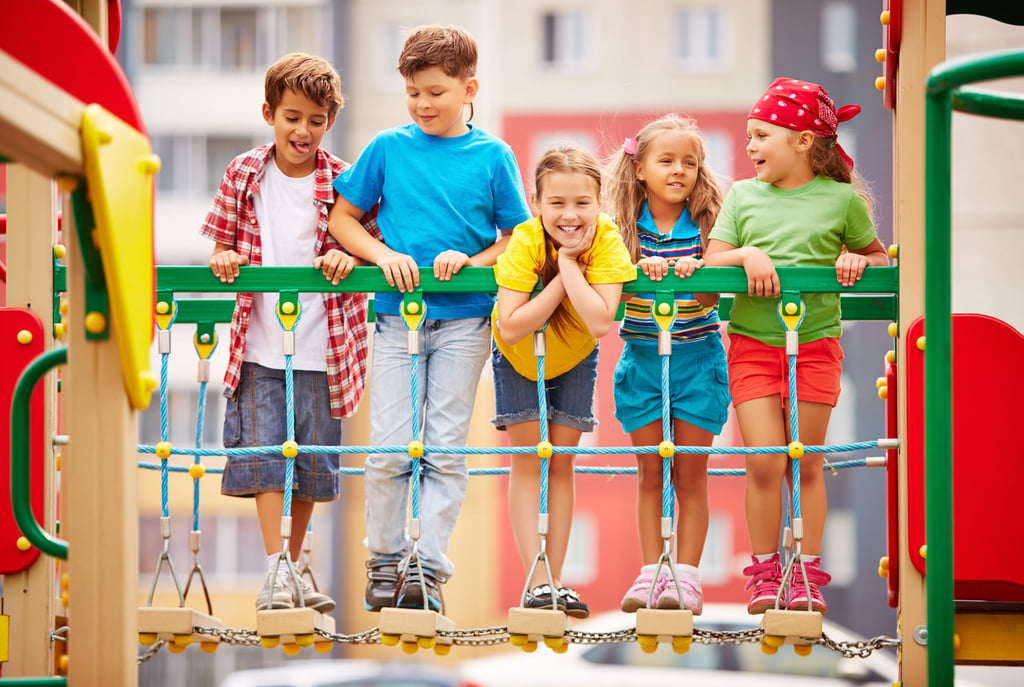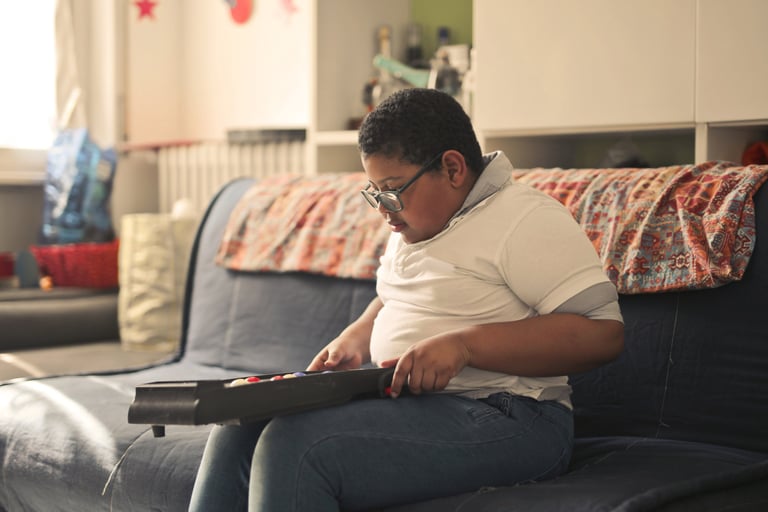Why is there a growing concern over the physical fitness of children and adolescents?
Once Childhood meant playing outdoors for most of the time but children and adolescents of today face concerns about their declining physical fitness.
9/4/20244 min read


Childhood was once when children played outdoors for most of the time, running and jumping, but this is not the case with children and adolescents of today as we have heard worries over their physical fitness. From rising obesity rates to increasing sedentary behavior, many factors are contributing to this worrying trend. Let’s break down why there’s growing concern over the fitness level of the youth and how this is likely to affect them in the future.
Sedentary Lifestyles: A Shift to Screen Time
The explosion of digital technology is one of the biggest causes of declining physical fitness. Young people of the present generation are fixated on screens, which can be a phone, a pad, or a game console. The communal time previously spent roaming the streets is now spent on social media or video games.
Why is this a concern?
The more hours spent on the screen, the fewer hours spent on moving. This leads to a lack of physical activity, which is essential for improvement of muscle tone, control of body weight, and motor coordination. The guideline for children is that they should perform at least 60 minutes of moderate to vigorous physical activity per day according to the American Heart Association, but this is something that many children fail to accomplish.
The Rise of Obesity
Child and adolescent obesity has become a significant problem over the last decades. The World Health Organization (WHO) also reported that in the year 2013, the number of overweight or obese children aged 5-19 has more than doubled globally since 1980. This is a result of an unfavorable diet and reduced physical activity.
Why should we care?
Obesity in children is not just in terms of the size, shape, or appearance of the child but has adverse effects on health. Obesity is a major threat to the health and well-being of children as they are prone to develop complications like; type 2 diabetes, high blood pressure, and even heart disease. These health problems can persist with them even when they grow up resulting in a decrease in quality and quantity of life.


The Impact of a Poor Diet
Snacks such as burgers, soft drinks, and crispy chips have invaded children’s daily meals. These foods are high in calories, sugar, and harmful fats, while low in essential nutrients. When combined with inadequate exercise, this makes the physical fitness of the concerned extremely poor.
The consequence?
In this case, children who are fed unhealthy diets are at risk for obesity as well as malnutrition. They can also be devoid of some of the vitamins and minerals that are required in the body for growth, energy and to be able to engage in an active lifestyle.
Decreasing Participation in Physical Education (PE)
Children used to get their daily exercise through schools, which was an important aspect of their lives. However, many schools have cut or completely done away with their physical education programs due to changing circumstances such as; budget constraints or changes in academic focus. As a result, students are deprived of the opportunity to engage in well-organized physical activity during the day.
Why does this matter?
Physical education is a subject that makes children understand the need to exercise, learn the basics of different games, and improve teamwork. They give it as an important tool in the fight against the growing tendencies of children leading a sedentary lifestyle.
Mental Health and Physical Fitness
Rising issues regarding the child’s physical fitness are not only a physical concern but mental health plays a big role, too. Research has also indicated that exercise can enhance mood reduce anxiety and stress and even improve academic performance. However, with children spending more time indoors and less in physical activity, mental health concerns such as anxiety and depression are on the rise.
Why this connection matters
Regular exercise reduces stress and promotes mental wellness. Physical activity can enhance sleep quality, self-esteem, and overall mental health in children and adolescents during the critical developmental years.
Influence of Urbanization
When cities expand, children increasingly have fewer opportunities for free, safe, play in outdoor areas to get exercise. Children in urban areas do not get to play in parks or on playgrounds, and activities on the streets are restricted. Families also live in apartments and small houses with no yards reducing the chances of the kids to practice physical activities.
Why does this matter?
Without easy access to safe spaces for physical activity, children have limited safe spaces to move around. This is even worse in low-income neighborhoods where community resources are often limited.
Parents and Society’s Responsibility
It is the parent’s responsibility to guide their children on how to lead healthy lifestyles. Unfortunately, parents themselves are also likely to be rather inactive, which is a bad influence to set for their children. Also, such facilities as food delivery, ride-sharing services, and digital entertainment contribute to the fact that families adopt less active lifestyles.
Why is parental influence important?
Children learn what they see. If parents prioritize physical activity, their children are likely to do the same. Encouraging family activities such as going for a hike, cycling, or going to the park to play ball goes a long way in improving children’s fitness.
What Can Be Done?
It is not impossible to reverse this trend but it will need the support of parents, schools, and society. Here are a few ways to encourage physical fitness in children and adolescents:
Limit screen time
Promote children to leave their gadgets behind and go outside, play, or exercise.
Encourage healthy eating
Ensure children are offered healthy foods during breakfasts, lunches, and snacks; especially fruits, vegetables, and whole grains.
Get schools involved
Fight for the right physical education classes and organize after-school sports.
Promote active play
Parents can therefore come up with family exercises that may include going for a hike, swimming, and dancing among others.
Create safe environments
Local government, city designers, and community development committees pay attention to park and playground development and bike lanes to promote physical activity.
Final Thoughts
The concern about the physical fitness of children and adolescents has been raised due to multiple factors including technology, diets, mental health, and urbanization. To solve this problem, families, schools, and communities need to come up with the necessary measures that would make children healthy, active, and ready to live a healthy life in the future. Let’s get moving!
